Prairie flameleaf sumac, at last on the prairie
The last three posts brought you photographs that included prairie flameleaf sumac, Rhus lanceolata, at its colorful best. I took those pictures little more than a mile from my home at an undeveloped property behind Seton Northwest Hospital on November 20, but that had been a last stop in a photo tour that lasted four hours, most of which time I spent on the Blackland Prairie in northeast Austin. Because I hadn’t been to the prairie for weeks I was glad to get back there, and this picture shows you several reason why.
Notice that even these saplings of flameleaf sumac were turning bright colors, so it’s not just the maturer trees that do. Mixed in with the young sumacs were the seed head remains of two wildflowers. The spiky ones were Liatris mucronata, called gayfeather and blazing-star, a photograph of which you saw in its fresh state on this same property four months ago. The many spherical seed head remains were Gaillardia pulchella, known as firewheel and Indian blanket, a wildflower that has also appeared time and again in these pages.
© 2012 Steven Schwartzman

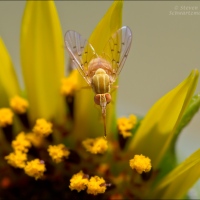
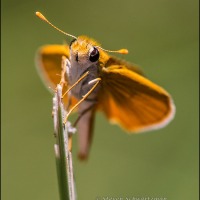
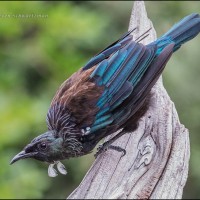
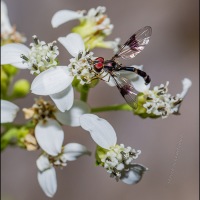
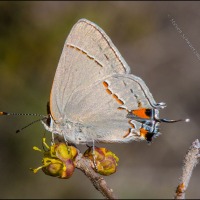
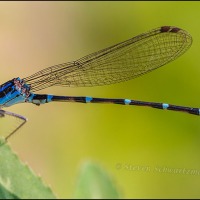
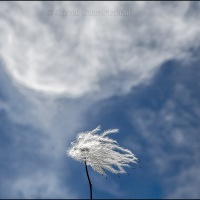
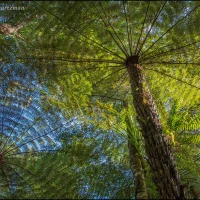
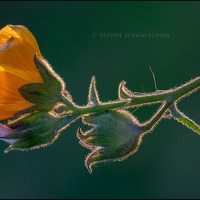
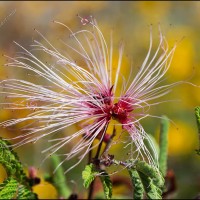
I like the texture and color in this. Gives me ideas for what to plant under mine too! ~Lynda
(Went out to check the sumac and found a stick. Oh well there is next year.)
pixilated2
December 3, 2012 at 7:08 AM
The textures here made the view special for me, as they did for you, and the backlighting brought out the dry and long-since-gone-to-seed states of the Liatris and Gaillardia, two such normally different members of the sunflower family that in age have a similar fuzziness if not shape. More on the Liatris next time.
I’m sorry your sumac was looking like little more than a stick now, but there is indeed always next year, which will come soon enough.
Steve Schwartzman
December 3, 2012 at 7:37 AM
I never would have imagined those seed heads as firewheel. I found a little nature preserve close to my house this weekend, filled with amazements like Spanish moss-draped trees. It was filled with a huge variety of seed heads, too. I hadn’t a clue about any of them.
Clearly, there’s value to following the land through all the seasons and making some notes. Instead of being limited to statements like, “Oh! Look at all the pretty fuzzy things”, we can say, “Look at those Indian blankets and blazing stars!”
shoreacres
December 3, 2012 at 7:27 AM
I wouldn’t have known on first encounter that the spherical seed heads were the remains of firewheels, either, but after more than a decade I’m so accustomed to that metamorphosis that the recognition is instantaneous. Still, there are plenty of other species whose remains I come across and can’t trace back to a younger and more familiar state. As you said, there’s a value to becoming familiar with specific places and watching them change through the seasons. It’s that familiarity that led me back recently to the land behind Seton Northwest Hospital where I know I can likely find flameleaf sumac in its most colorful stage at this time of year. I went twice, on November 20 and 28, and wasn’t disappointed either time.
Steve Schwartzman
December 3, 2012 at 7:52 AM
So very pretty. I had lots of questions that I deleted thinking I should look up the answers to my questions myself. I shall go to Google and see what I can find. Or I might be back to ask about the prairie you have mentioned.
petspeopleandlife
December 3, 2012 at 8:58 AM
The prairie has long had a special appeal for me, partly because of the scarcity of land in anything like its original condition. I’m glad you find this view of it pretty. Happy Googling, and if you still can’t find the answers to your questions, I may be able to help.
Steve Schwartzman
December 3, 2012 at 9:41 AM
What a surprise, the sumacs are quite common as a garden tree in Poland, becoming very scenic in autumn

Andrzej Dąbrówka
December 4, 2012 at 10:08 AM
It’s a surprise to me, too. I suspect there’s no sumac that’s native to Poland, but obviously at least one species has been cultivated there. Do you know what species appears in your photograph?
Steve Schwartzman
December 4, 2012 at 3:16 PM
This one: http://en.wikipedia.org/wiki/Rhus_typhina
It actually is foreign import but quite good “domesticated”.
Andrzej Dąbrówka
December 4, 2012 at 4:36 PM
Rhus typhina doesn’t grow in central Texas, but I became acquainted with it this past summer on a trip to New York and Massachusetts, where I found it growing abundantly in its native territory. Once again, I’m surprised to learn that it’s cultivated in Poland.
Steve Schwartzman
December 4, 2012 at 4:59 PM
It looks exotic for us and is very decorative: its leaves stay long yellow, orange and red before they fall.
Andrzej Dąbrówka
December 5, 2012 at 5:29 AM
We love our sumacs here for the same reason.
Steve Schwartzman
December 5, 2012 at 7:00 AM